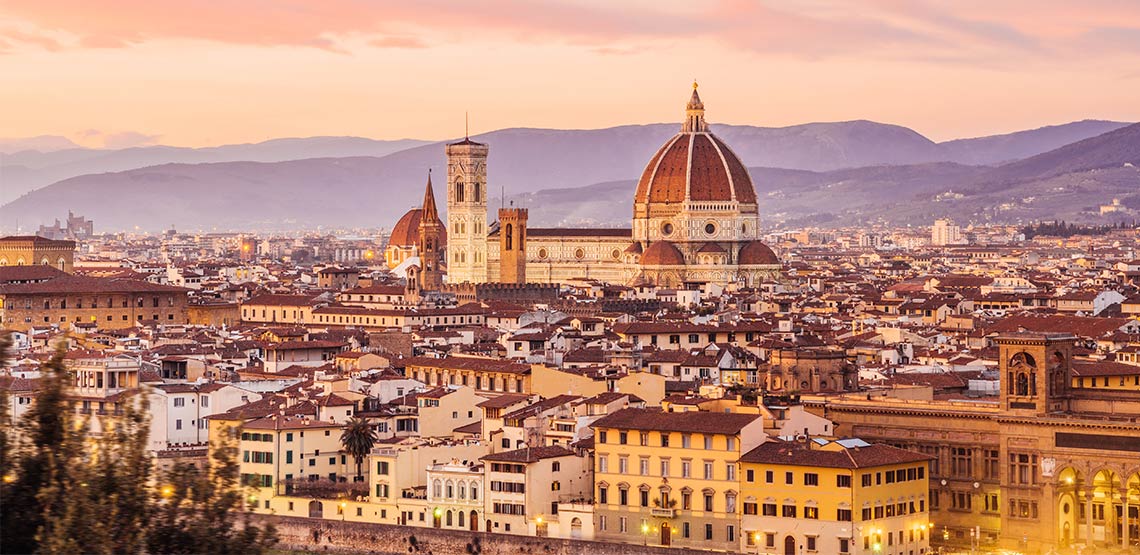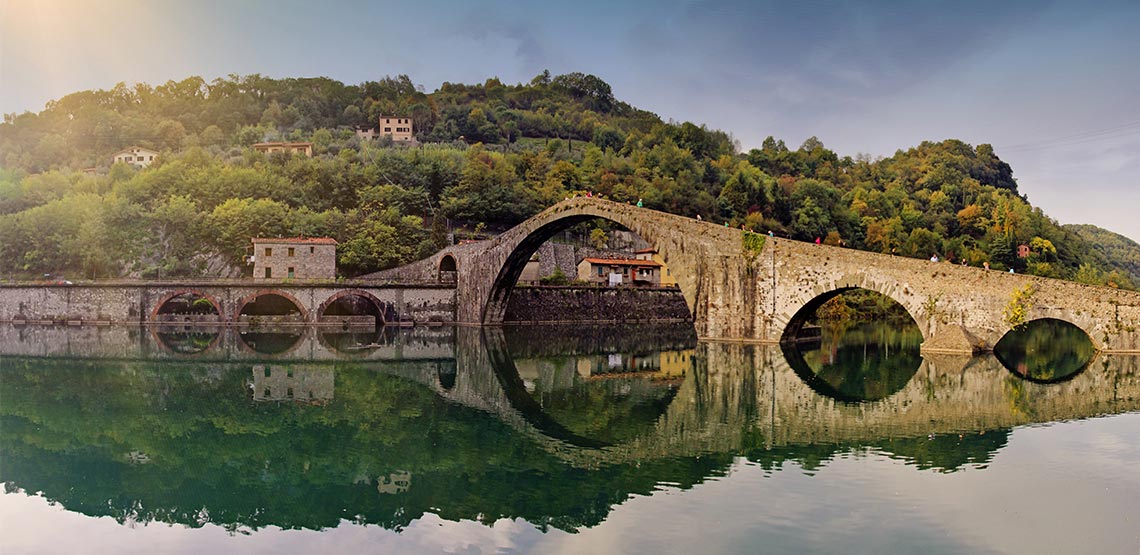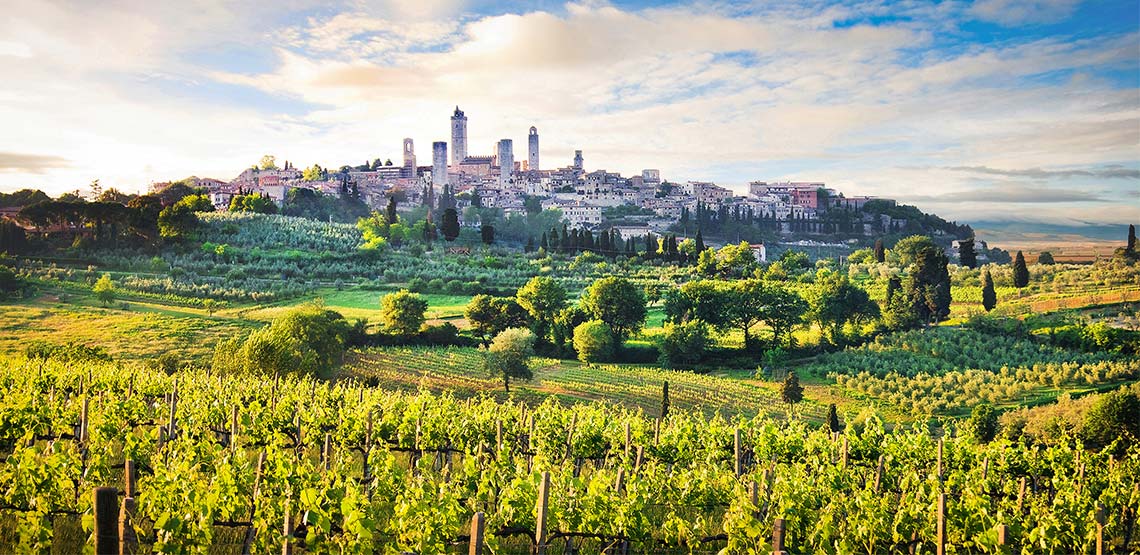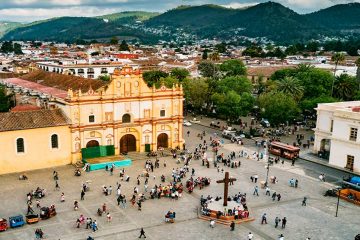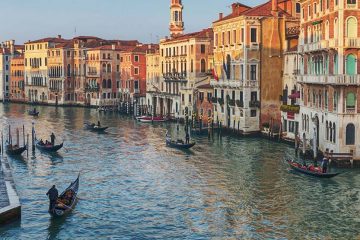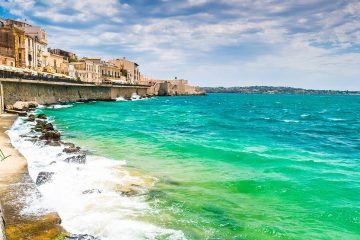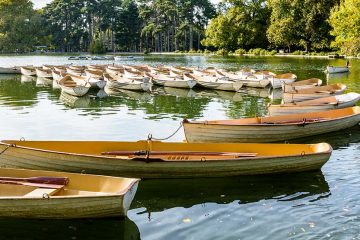Plan a Trip to Rustic Tuscany and Be Enveloped by Romance
Allow Yourself to Fall in Love
With more UNESCO World Heritage Sites than any other country in the world, Italy attracts millions of tourists to its Mediterranean shores each year. One region in particular has consistently attracted tourists from all over the world, becoming a top visited destination within the boot-shaped peninsula — Tuscany.
The very thought of it conjures up visions of stony villas enveloped by endless rows of vineyards, while art and culture permeates from nearby city centers. Despite many modern cities and towns, Tuscany still manages to retain the charm of its early origins.
Filled with dazzling medieval architecture, priceless pieces of art, stunning landscapes, and incredible food and wine, it’s not surprising that so many people get swept away by the romance of Tuscany’s rustic surroundings.
What to Expect
In general, the weather stays pretty moderate within the Mediterranean. Tuscany hugs the Western Italian coastline, which allows for sea breezes to come in and cool things down throughout the day. Most tourists tend to visit during the summer months when they can get time off from work or the kids are out of school.
When to Go
Tuscany’s peak season runs from June to August, but this is also when temperatures are at their highest. You can expect hot, humid days in the 80s and 90s during this time, with the occasional thunderstorm. As a result, the best time to go is either before or after summer when the temperature has cooled down and popular attractions are less crowded.
If possible, aim for either April to May or September to October to experience the scenery without too much hassle.
Accommodation
In Tuscany, you’ll find a wide variety of accommodation options including tons of hotels, Airbnbs, holiday rentals and villas to stay in. Prices vary, but you can find many three- or four-star hotels for around $100 USD a night and up.
There are, of course, even more budget-friendly options in the city like hostels, which can be as little as $20 a night in some cases (if staying in a dorm-style room), or $50 a night for a bare bones pension-style hotel room.
Staying in a hill town will also give you the opportunity to experience agriturismo, a form of ecotourism where you can live — and sometimes work — on a farm or vineyard.
Transportation
Most areas are accessible by train, but expect to do a ton of walking once you’re within a town or city. Those with limited mobility may find travel within Tuscany challenging unless you have the ability to hire a private driver.
Where to Stay
Where you stay has a lot to do with what you want to see. Most of Tuscany can be divided up into either cities or small hillside towns. There are benefits to staying in either; it’s all a matter of preference.
Wherever you decide, it’s usually best to pick a central location that makes day trips or side trips easily accessible to cut down on travel time. You also have the option of staying in multiple parts of the region in order to get a taste of the different offerings across Tuscany.
Cities
If you opt for a city, Florence is the largest and most centralized inland city within Tuscany, providing easy access to most anywhere. While it’s not as tightly packed as say Rome, most everything is within walking distance or just a short ride away by public transportation.
It’s here where you’ll find the most culturally significant things to do such as museums, operas, medieval architecture, and plenty of nightlife and shopping. Siena, Lucca and Pisa are all smaller cities within the region that each offer a more laid-back vibe than Florence.
They too have plenty of museums and monuments, but are generally more pedestrian-friendly.
Hill Towns
There are also a whole host of Tuscan hill towns, if you’re after someplace with a more “authentic” experience. Amid the rolling hills of the countryside, these towns were built up for fortification purposes, protecting them from invasions and attacks during medieval times.
As such, they have more of an isolated feeling to them, seemingly untouched compared to the urban environments found within the cities. Some of the most popular hill towns are San Gimignano, Cortuna, Montepulciano and Montalcino, but there are countless others worth exploring with a little research.
From beautiful beaches to cultural attractions to delicious cuisine, these Mexico travel destinations will fill your days with opportunities for wonderment.
What to Do
Because it spans approximately 8,9000 square miles and takes up the whole central part of Italy, there are tons of things to do in Tuscany. Each city and town offers something a little different, but in general you’ll find plenty of sprawling piazzas, museums full of masterpieces and gorgeous old churches wherever you go.
Florence
Both the Piazza del Duomo and Piazzale Michelangelo in Florence are a must-see if visiting the city. The former has one of the largest cathedrals in the world, the Basilica of Santa Maria del Fiore — an impressive display of medieval architecture and Florence’s historical center.
Sweet smelling Tuscan bakeries, outdoor cafes, restaurants full of delicious Italian cooking, and, of course, world-class shopping are all a delight for the senses. However the real draw for Florence is its museums, particularly the Uffizi and Accademia Galleries, where you’ll find plenty of Italian masterpieces by artists like Botticelli, Da Vinci, Michelangelo, Raphael and Caravaggio.
Siena
Equally charming, Siena too has plenty of incredible cathedrals, museums and libraries to admire, on a much smaller scale. Its cobblestone streets are tiny and narrow, perfect for taking a stroll day or night, and exploring all the city has to offer.
Although it’s more crowded during the summer, it’s worth visiting for a chance to experience the city’s famous horse race, the Palio di Siena. Riders from 10 different areas of the city race bareback around a dirt track. It’s an exciting medieval tradition and a once in a lifetime experience if you’re not a local.
Lucca
Most people only stop off in Pisa for a glimpse at the Leaning Tower, but the surrounding Piazza dei Miracoli makes for a gorgeous accompaniment as well. Fortress city, Lucca, has quite a few treasures of its own including an opulent palace turned art museum, the Museo Nazionale di Palazzo Mansi.
A uniquely Luccan experience awaits you atop the walls of the city, which have been converted into public parks for walking and cycling. Known as the birthplace of the opera composer, Puccini, Lucca also plays host to an annual festival celebrating the Italian master’s work. Many tours visiting both areas can be booked ahead as day trips departing from Florence.
Cortona
Sleepy Tuscan hill town, Cortona, sees thousands of visitors per year after author Frances Mayes published her bestseller, “Under the Tuscan Sun.” You can actually visit many of the locations mentioned in the book, which was also turned into a movie starring Diane Lane.
Obviously wine plays a big part in any visit to Italy and plenty of wine tours are available all throughout Tuscany. The Chianti, Montalcino and Montepulciano regions offer the best selection of wineries open for tours and tastings, which can be arranged on your own or with small group reservations.
How to Choose
Ideally, a visit to Tuscany will last a few weeks to allow for a thorough exploration of the sprawling, verdant region. First-timers should definitely check out famous landmarks in cities like Florence and Pisa, but upon return visits, you could build up a whole trip around shorter visits to small hill towns.
Most travel to Tuscany is either art and architecture-centric, or food and wine-centric, but there are plenty of other culturally significant things to do in the region. Allow yourself to explore and you may find you never want to leave.

